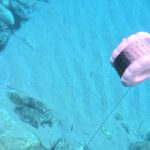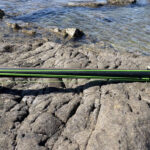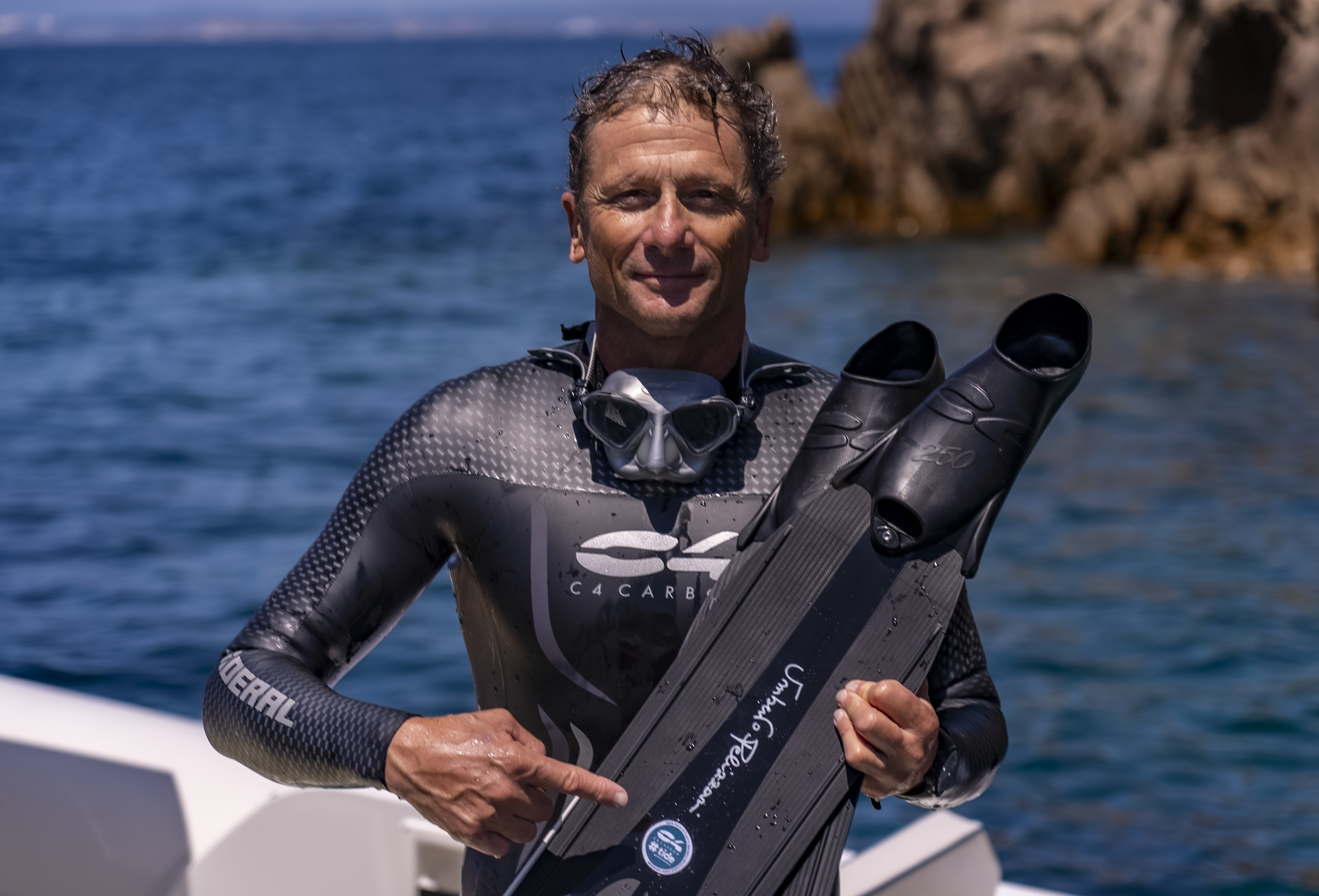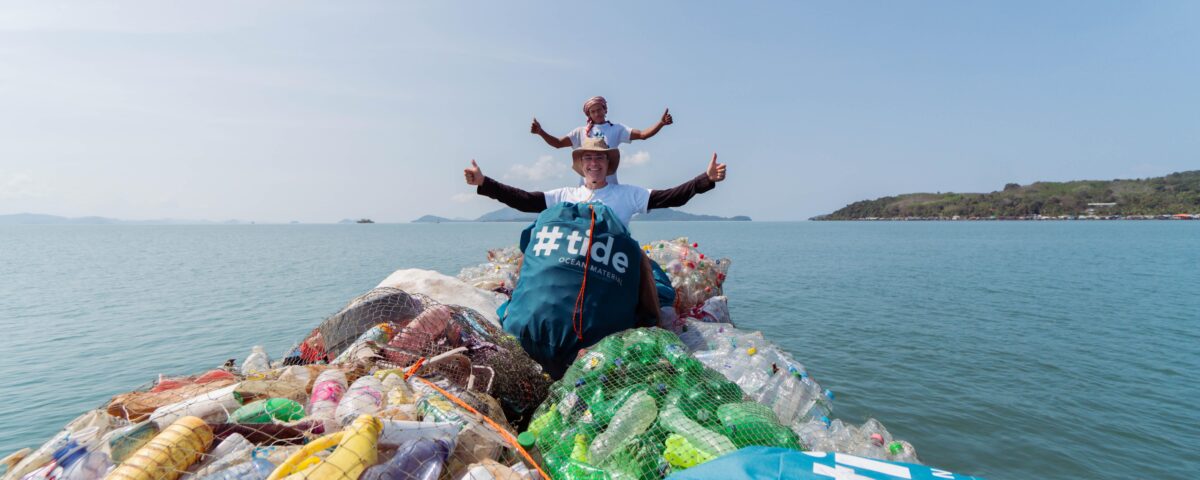C4 and #tide Against Plastic in the Ocean

C4: The New Floating Marker
13 June 2025
Salvimar: Hero Nightmare 105
19 June 2025#tide has developed a method to transform ocean plastic waste into high-quality pellets and filaments that can be used to create new products. The Lombardy-based company has decided to use these materials to manufacture the UP Black, UP Aurea, UP Sideral, Storm, and Predator fins for the C4 brand, and Maxx fins for the H.Dessault brand. All of this is done without any additional cost to the consumer and with the same quality and aesthetics as before, according
Gherardo Zei
When we talk about sustainability, it is often unclear what exactly we are referring to. Over the years, this beautiful word has unfortunately been turned by some into a commercial brand under which almost any type of initiative seeking funding can be placed. I won’t give examples, as it seems pointless since we are all overwhelmed by the rising tide of "sustainability experts" asking for our support. The most serious consequence of this trivialization is the risk of "throwing the baby out with the bathwater." What I mean is that these excesses lead good people to stop believing in anything, ending up ignoring or, at least, underestimating the real major sustainability issues, such as plastic in the ocean.
But let's take a step back.
I was there when, in the 1960s, walking on the beach was an experience as beautiful as diving with a mask and fins. In Pineto, Abruzzo, the shoreline was literally covered with shells from clams, oysters, and cockles. Cuttlefish bones were always present, and occasionally, one would even find a seahorse. But, above all, there was something missing. There was no plastic on the beach, and, in fact, almost no trash at all. When Franco I and Franco IV sang “I wrote 'I love you' on the sand,” they didn’t risk stepping around a piece of plastic cup, a toothbrush, or a cotton swab, as would happen today.
Nowadays, it's so normal to find various types of waste in the sea that there are even artists who use any kind of waterborne waste to create sculptures of fish and other marine animals. It's heartbreaking because, in the past, such sculptures were made from driftwood and seashells, while today they’re sometimes created from toothbrushes or yogurt pots. Honestly, without offending anyone, I must say that I’ve always found those marine-themed sculptures made from waste to be particularly ugly and a sign of the degeneration of our times.
How Things Went
Like all epoch-making events, the plasticization of the sea has been a slow phenomenon in terms of perception. The presence of waste (especially plastic) brought in by the waves has increased alongside the decline of natural elements like shells.
I remember about twenty years ago when I first had trouble finding a cuttlefish bone for my turtle on the beach. Another time, I was shocked by the amount of plastic objects that a big Sirocco storm had washed up on the main beach of Santa Marinella, piling them almost up to the cabins. But back then, when I was fishing, I still didn’t see much plastic in the sea. One day, I began reading about these famous "plastic islands" floating in the ocean. I was stunned. Today, it’s said that there are five such islands, the largest of which is as big as Canada. I don’t know if you realize what we’re talking about!
Then, in recent years, I started seeing plastic directly in the water in the places where I usually fish. Based in northern Lazio, I increasingly encountered floating plastic objects on the surface, especially after a couple of days of Sirocco winds. The most disturbing thing was seeing the "water column" sometimes filled with small pieces of plastic, with anchovies trying to eat them. I don’t know if they were technically microplastics, but they were certainly a horrifying sight.
Perhaps the trend can still be reversed, and we can start properly disposing of plastic, but it’s essential to go beyond good intentions and make it something mandatory or, even better, financially advantageous. And this is the direction that C4 is heading with this initiative together with #TIDE OCEAN MATERIAL.
What It's About
Thanks to an advanced upcycling process developed in collaboration with the Swiss University of Applied Sciences, #tide has developed a method to transform ocean plastic waste into high-quality pellets and filaments that can be used to create new products. In practice, #tide ocean material® is an award-winning resource that comes in the form of plastic injection pellets, threads for fabrics, and filaments for 3D printing.
As we mentioned, it all starts with recycling plastic waste recovered from the ocean. The result is a raw material that is not only 100% recycled but also has exceptional mechanical properties, perfect for high-performance products. All members of the supply chain benefit from the added value: fishermen are paid per kilo of plastic just as they would be for a kilo of fish. Thus, #tide creates new job opportunities in developing countries for workers in social enterprises that contribute to waste recovery.
C4 Joins the Fight
I met Marco Bonfanti about thirty years ago. You can think what you want about him, but no one can deny that he has made history in the world of underwater equipment and that he has always been an ethical fisherman. From him and his daughter Natalia, I expected, knowing them well, a great sensitivity to do something important about the tragedy of plastic in the sea. The same can be said of Marco Ciceri, a great entrepreneur in our sector, always able to anticipate market trends and even trends in civil society. And in this case, if we don’t act to mitigate the most obvious consequences of pollution, soon there won’t be any sea left where we can enjoy recreational activities like diving and fishing. A visionary entrepreneur like him couldn’t help but understand this. These are the managers at C4, and it was to be expected that the Lombardy-based company would lead the way in this battle for Italian businesses.
In their recent statements, C4 announced that they have embraced this revolutionary material, integrating #tide's recycled plastic pellets into the production of all their plastic fins for apnea. C4 guarantees that this cutting-edge innovation does not compromise quality—in fact, it improves it. Thanks to the extraordinary elasticity and durability of #tide material, the fins offer superior responsiveness, durability, and aesthetics. I believe it, because I don’t think the creators of carbon fiber blades and water rails, who changed the history of fins, would risk putting a subpar product on the market.
And the price remains the same. C4’s commitment to sustainability does not incur any additional costs for customers. By choosing the new eco-friendly fins from this Lombardy factory, you get the same high-level performance at the same price, while helping to keep our oceans cleaner.
Models using this new #tide material include UP Black, UP Aurea, UP Sideral, Storm, and Predator for the C4 brand, and Maxx for the H.Dessault brand by C4 Technology. These fins, therefore, represent the perfect combination of innovation, sustainability, and performance. Additionally, by recycling plastic destined for the oceans, CO2 emissions are reduced by up to 80% compared to the production of virgin plastic.
Personally, I agree that fins made from recycled ocean plastic are not just equipment; they are a symbol of our community's resistance against the destruction of the natural marine world we love, caused by the industrialized, human-driven world. If the C4 team finds a way to solve the long-standing problem of booties for my difficult feet, I’ll be the first to buy a pair...



